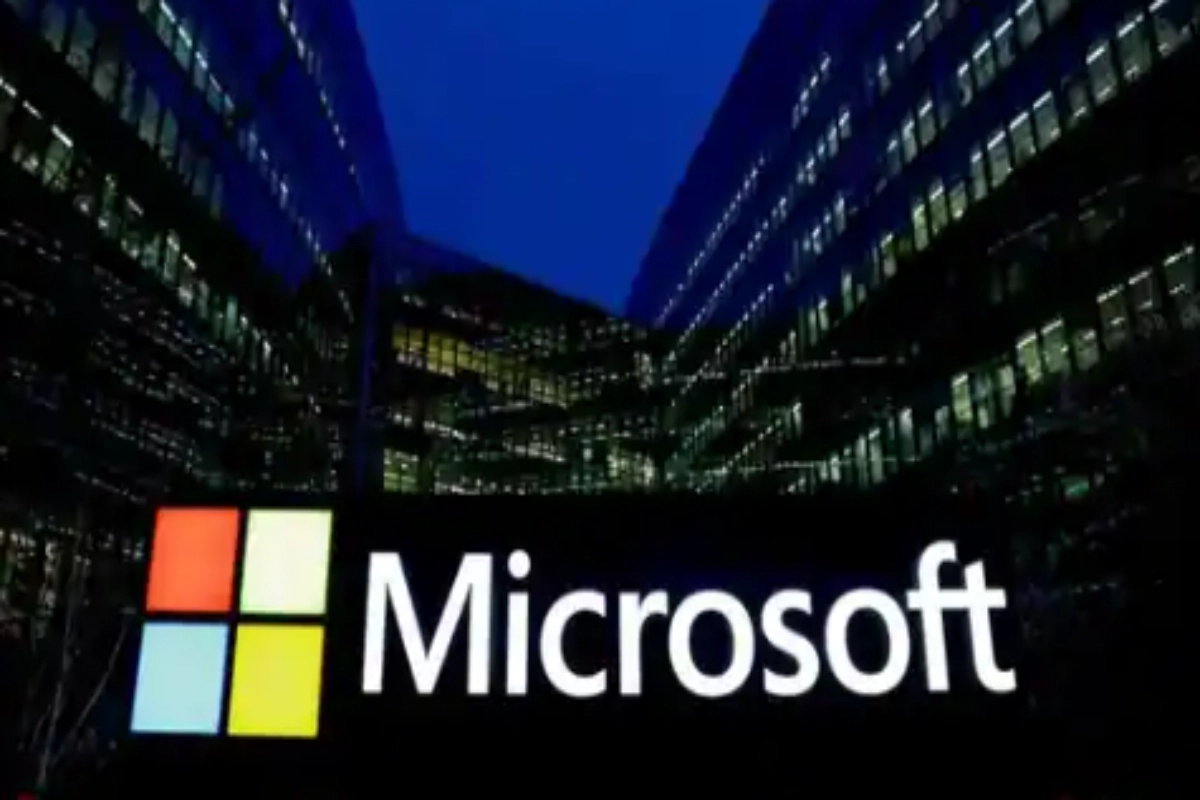Microsoft Outage: What’s being described as an unprecedented technological disaster is that Microsoft systems around the world crashed Friday when a flaw in an update from cybersecurity firm CrowdStrike caused a catastrophic failure. Specifically, it was an update for “Falcon Sensor” software that inadvertently caused something called the “Blue Screen of Death.” This far-flung tech outage has rendered an untold number of computers pointless and ground operations to a halt across a number of critical industries.
Impact Across Industries
The worst-hit were in the airline industry, wherein many of the flights were delayed, canceled, and some were on manual check-in and operating halts. This outage shook the world as it caused huge disruptions in the airport and airline services, banks, media, and other healthcare services. Airports were in a fix as they did not know how to handle such a large number of stranded passengers.
Operational disruptions were pretty bad in India, with key carriers SpiceJet, IndiGo, Akasa Air, Vistara, Air India, and Air India Express grappling with operational difficulties. Reuters said SpiceJet and IndiGo—both online booking services—were the worst hit, thereby increasing the discomfort caused to passengers.
Passenger Plight
Angry travelers going through the chaos at different airports expressed their anger and shared their experiences. “I was going from Mumbai to Bengaluru yesterday. The flight got canceled… Although we were provided with the service, they did not accommodate us… We have not slept for the whole night,” said a passenger flying out of Chennai International Airport.
My flight is getting delayed by at least half an hour,” said an angry passenger going to London. “There is a long queue standing outside the airport. Most of the flights have been delayed.”
A medical doctor from Sri Lanka, stranded at Chennai International Airport, narrated his ordeal: “I was to go to Bhubaneshwar to give a lecture, but last night my flight got canceled. This morning I couldn’t find a flight back to Bhubaneshwar. So I’m going back to Sri Lanka, but now I couldn’t get a flight, so here I’m stuck.”
Global Business Disruptions
This outage, besides bringing the airlines to a halt, affected the banking, broadcasting, and healthcare sectors. It slowed down financial transactions, stopped the news from reaching the citizens, and put the critical healthcare systems out of order, exposing the care of innumerable patients.
Businesses across the world are now back on their feet; however, experts have warned it could take some time before systems are fully restored. This outage, however, became a telling underpinning of how such unforeseen technical failures can hit global digital infrastructure.
CrowdStrike’s Response
After the crisis, CrowdStrike CEO George Kurtz commented on the issue, saying there was a flaw included in the “Falcon Sensor” update. “Our teams are fully mobilized to help affected customers,” said Kurtz, assured that a fix had rolled out but added that complete recovery could be protracted.
Lessons and Future Preparedness
This incident therefore sends an extremely strong message about the criticality of having in place very robust cybersecurity measures and contingency planning. With the world becoming ever more dependent on its digital systems, the potential for disruption such as this only increases. Companies providing services, and generally all businesses, have to put some investments into infrastructures that are resilient and disaster recovery plans to mitigate the impact of future outages.
Lessons Learned
Doing so, this global outage is what the industries reel back to; hence, the most required revisit would be into collective cybersecurity practices and system vulnerabilities. This episode very well underlines how global systems are interwoven and how much impact can be felt due to a single point of failure.
This incident is definitely going to make any business seriously review their IT policies in the aftermath to try and strengthen them against such incidents. Hopefully, some good improvements in cyber-security policies and emergency response strategies will come out from the understanding of what has gone wrong in this outage, making it more prepared for facing future challenges.
Whereas the immediate crisis can be fully resolved, the path to complete recovery and resilience in the future is challenging. If a fully resilient infrastructure is to be built for the future—with some chance of surviving the complexities of an interconnected world—the global tech community must band together to build stronger, more secure systems.
